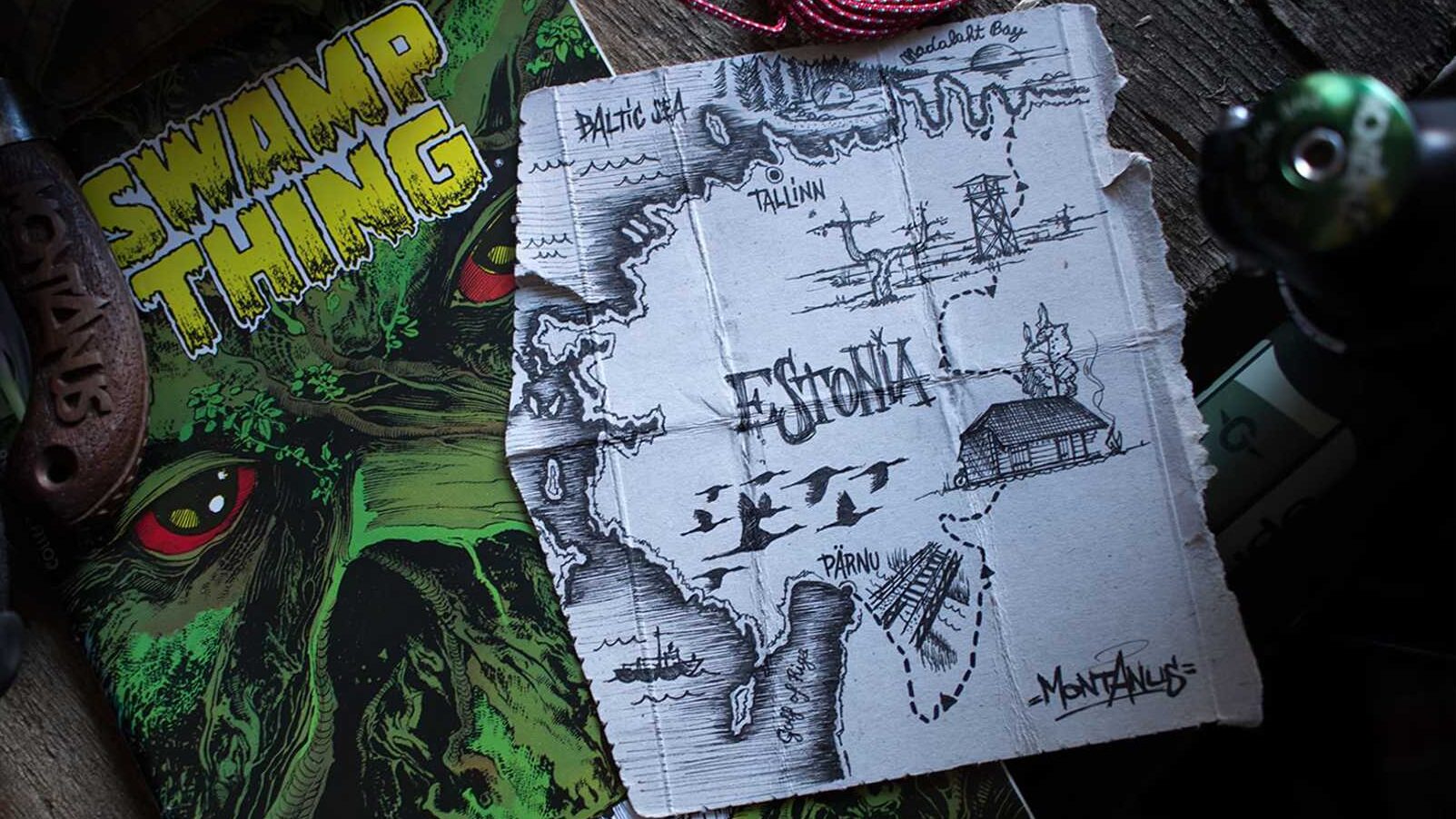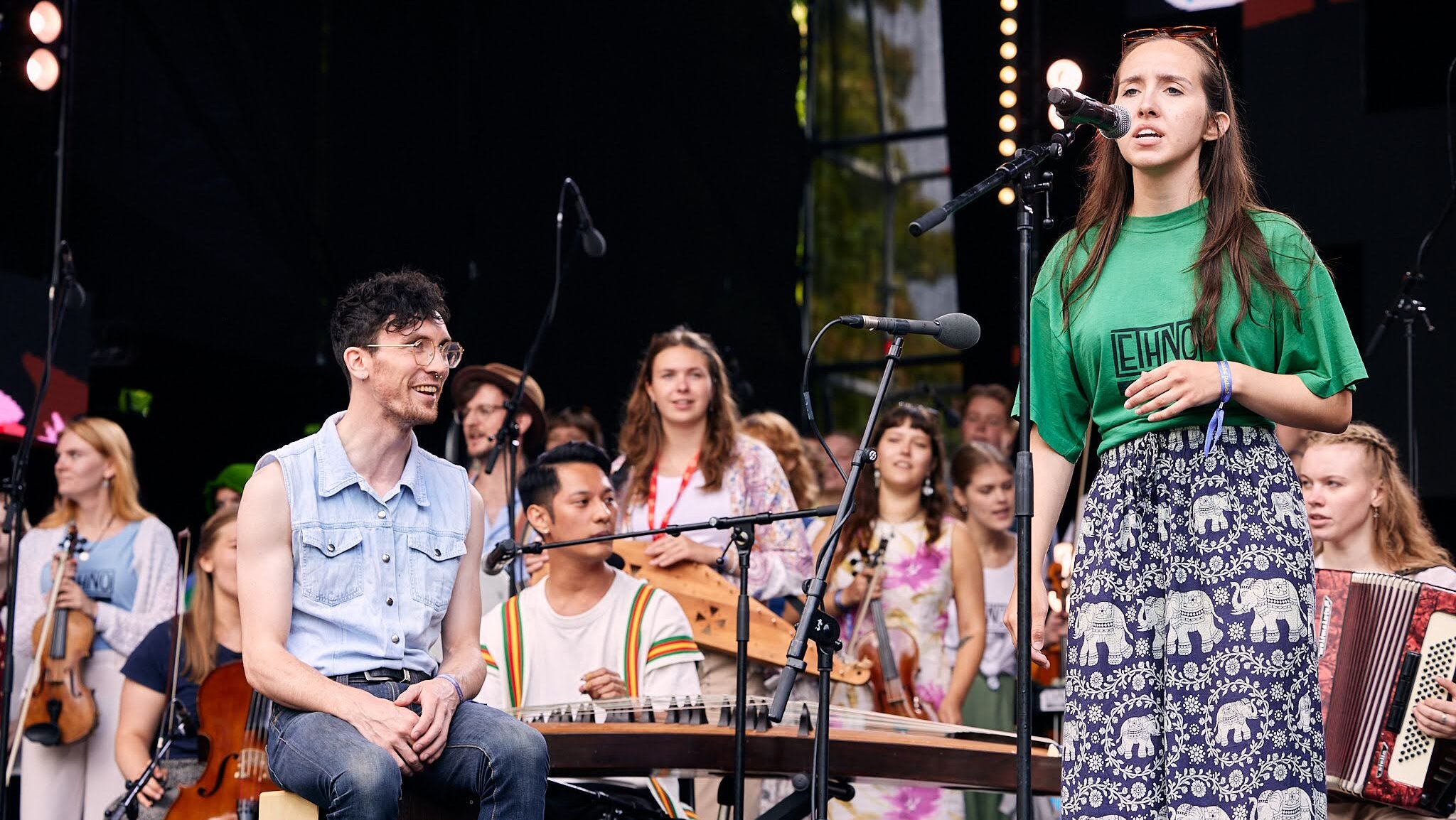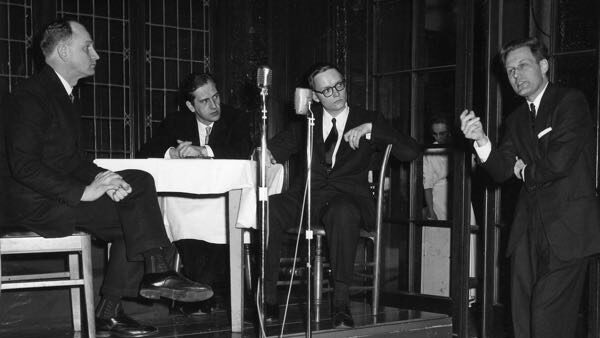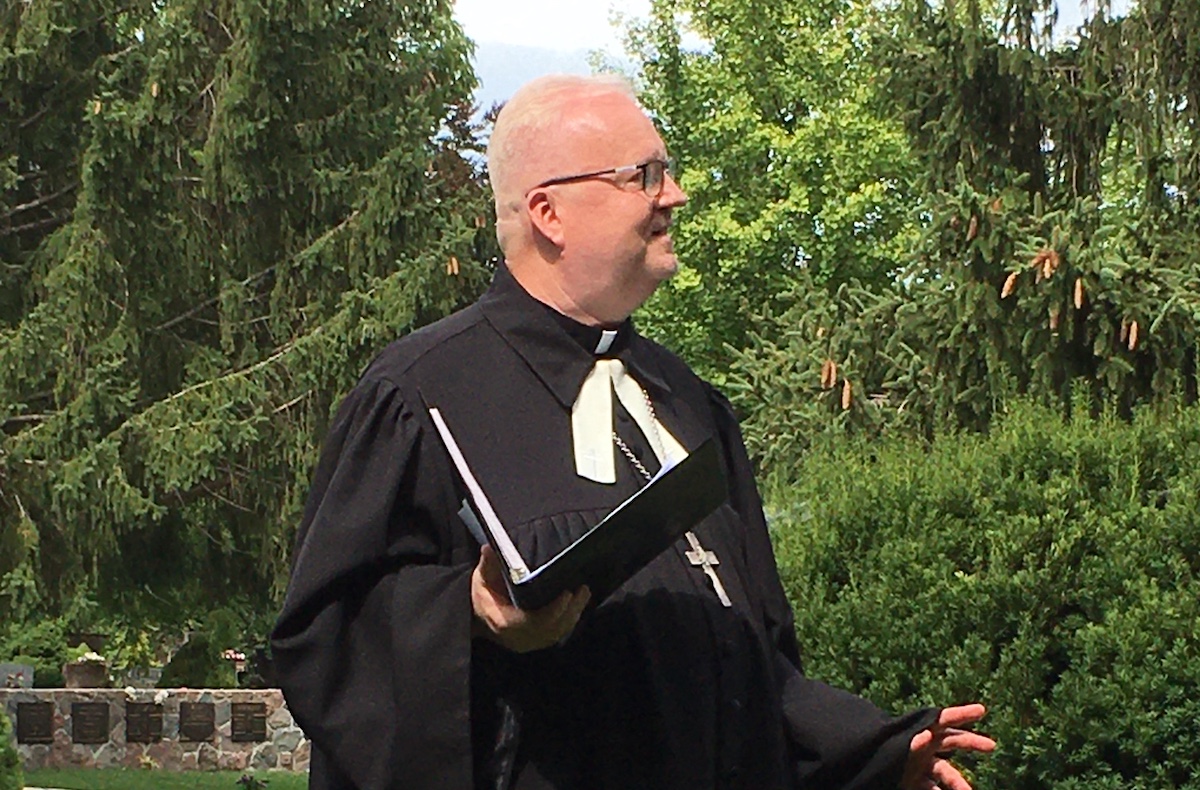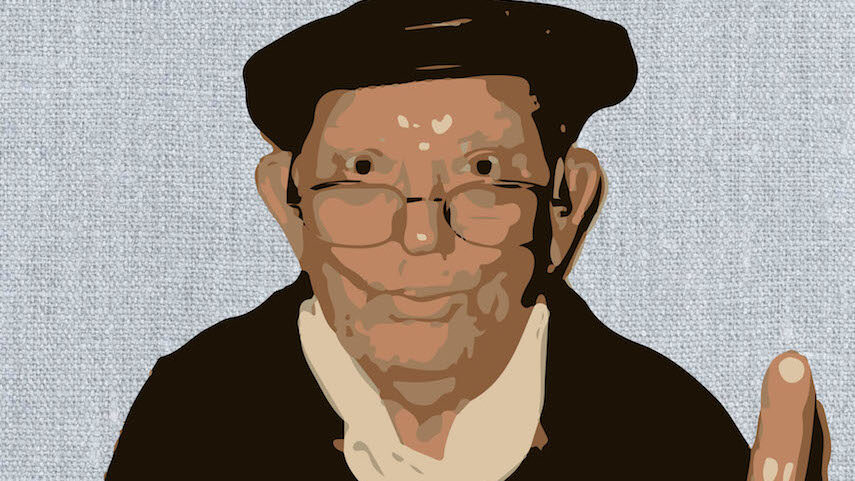The road is surely more reliable; and the entire orientation of road bikes minimizes drag, creating more power and speed in the riding experience.
But then there are other cyclists who will eschew speed and dive right into dirt and gravel. Muddy puddles are their happy place. They live for the thrill of the hill climb. What is it about biking in the wilderness that is so satisfying for these renegades?
Giorgio Frattale and Francesco D'Alessio, who make up the “all-seasons bikepacking project” known as Montanus, clarified this in a route overview they contributed to the publication bikepacking.com .
“We want to highlight not only the scenario you meet along that route, but mainly the great environmental sensibility and ecological thinking of Estonians (Swamp Thing character fights to protect his swamp home).”
(Giorgio Frattale and Francesco D'Alessio)
Frattale and D'Alessio call the route “Swamp Thing Trail”: a 386 kilometre, five day long passage between Pärnu and the Käsmu Peninsula on Estonia's northern coast. In explaining their choice of a name with origins in the DC Universe of comic book characters, they say, “We want to highlight not only the scenario you meet along that route, but mainly the great environmental sensibility and ecological thinking of Estonians (Swamp Thing character fights to protect his swamp home).” In this comparison, they point to post-independence efforts to clean up the remains of Soviet-era industrialization, as well as the balance between development and minimizing disturbances to Estonia's ecosystems.
In many ways, these two cyclists have planned a trip where all-terrain cyclists can witness the purest examples of the vast Estonian wilderness everyone is always hearing about.
The trail is similar to the Oandu-Aegviidu-Ikla hiking route, pushing you out from towns and human settlements into deep forests, meadows, and bogs that support flora and fauna. The focus of the trail is on solitude in these ancient natural environments. Among the top sights along the way are Soomaa National Park, with its famous annual flooding, and the visitor centre that educates sightseers about the wildlife and human reactions to this flooding event. In terms of non-natural sights, there is also an interactive museum at the former farm of Estonia's Age of Awakening leader C.R. Jakobson.
Opportune positions to view the trail's untouched scenery are from long boardwalks that cross bogs—which are safer to cross on foot while pushing your bike—and the observation tower by Paukjärv.
95% of the trail is unpaved and 20% is “singletrack”, with the perfect combination of room for bikes and challenging terrain that make for a thrilling ride.
Frattale and D'Alessio have given the trail a seven out of 10 difficulty rating, which can't be attributed to any excessive climbing (the highest point is 104 metres tall). Rather, what makes it difficult are the populations of mosquitoes encountered when cycling there in the summertime, minimal points to replenish water supplies (apart from purifying river water), and ironically, the high water levels one may encounter. When the two cyclists from Montanus were on the trail, they wore Crocs that let the water in and out as they got around.
… there's plenty of accommodation, in the form of huts and campsites with dry firewood, where you can get off your bike and recharge. Or if you've reached the very end of the trail, go for a Baltic Sea swim in Mädalaht Bay.
And when you've had enough of the rough terrain, there's plenty of accommodation, in the form of huts and campsites with dry firewood, where you can get off your bike and recharge. Or if you've reached the very end of the trail, go for a Baltic Sea swim in Mädalaht Bay.
The Swamp Thing Trail is among over 20 routes that Montanus have documented as a duo in photos, writing, and films; from the Martian landscape of Iceland's interior to the lakes of Patagonia. Each region is tied together by a cohesive peace and quiet.
This is why people get into riding mountain bikes, or bikepacking more specifically. Despite the added challenges of terrain and packing enough supplies to get by for a longer period of time, biking on rough terrain is a means to get away from traffic and crowds. It's exercise for your instincts, where you have to think quickly to avoid hazardous obstacles. And the biggest win isn't how efficiently you move, but the surroundings and terrain in which you move through.
This article was written by Vincent Teetsov as part of the Local Journalism Initiative.
